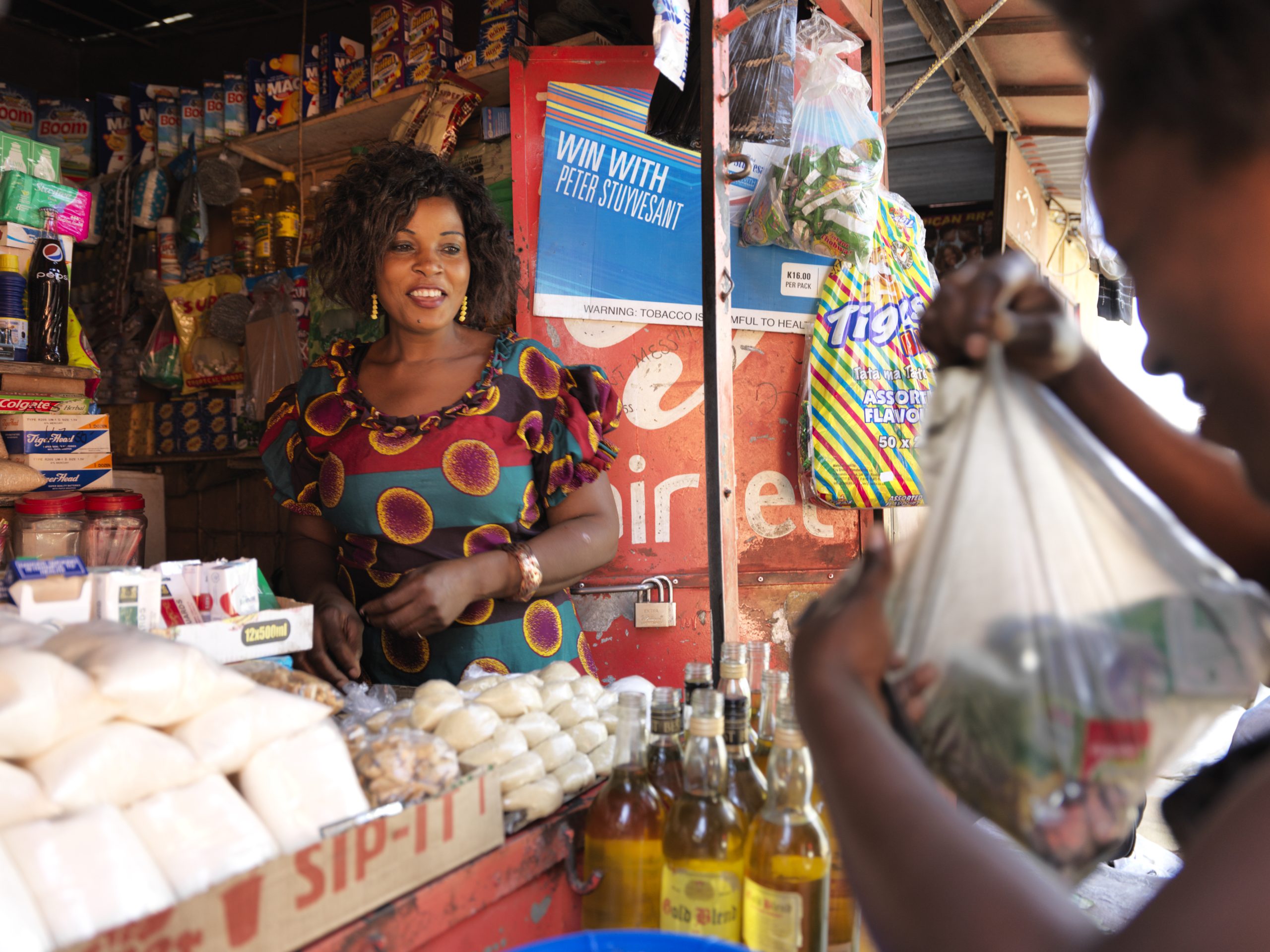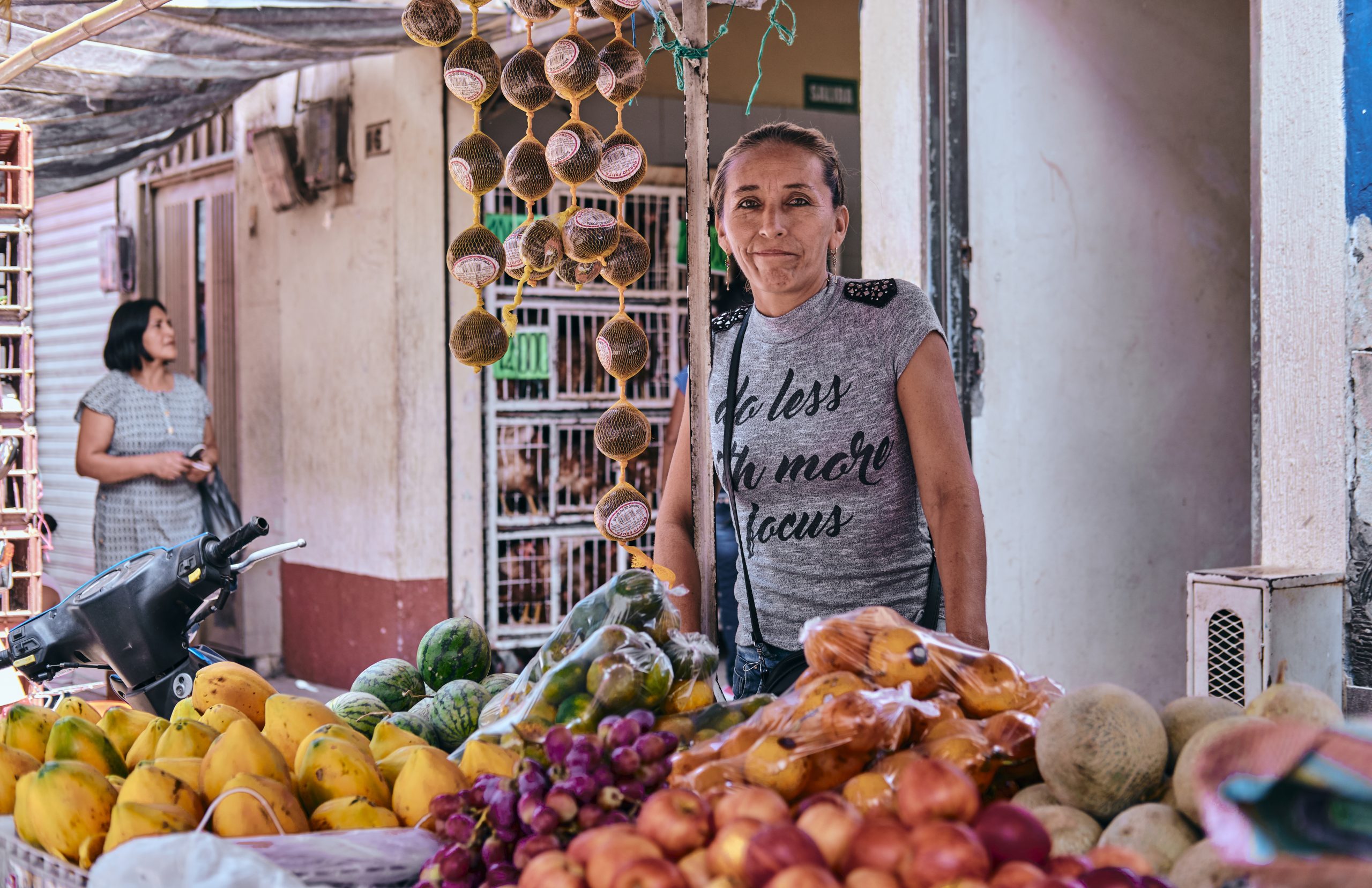With a strong intergenerational wealth transfer anticipated over the next 15-20 years, the younger generation will likely bring new mindsets to philanthropy and impact investing.
Tonika Hirdman has witnessed some interesting trends in the 16 years spent as director of the Fondation de Luxembourg. Since the covid-19 pandemic, for instance, scientific research in health was the top focal area across their philanthropic platform. A year ago, it shifted to education.
Hirdman speaks of the “huge intergenerational wealth transfer” expected over the next 15-20 years. “The younger generation has different values,” she says. “First of all, they want to engage with their money. Secondly, they have different ideas on how to engage, and impact is very important for this generation.”
Anne Goeres, founder of philanthropy service Philantree, agrees.
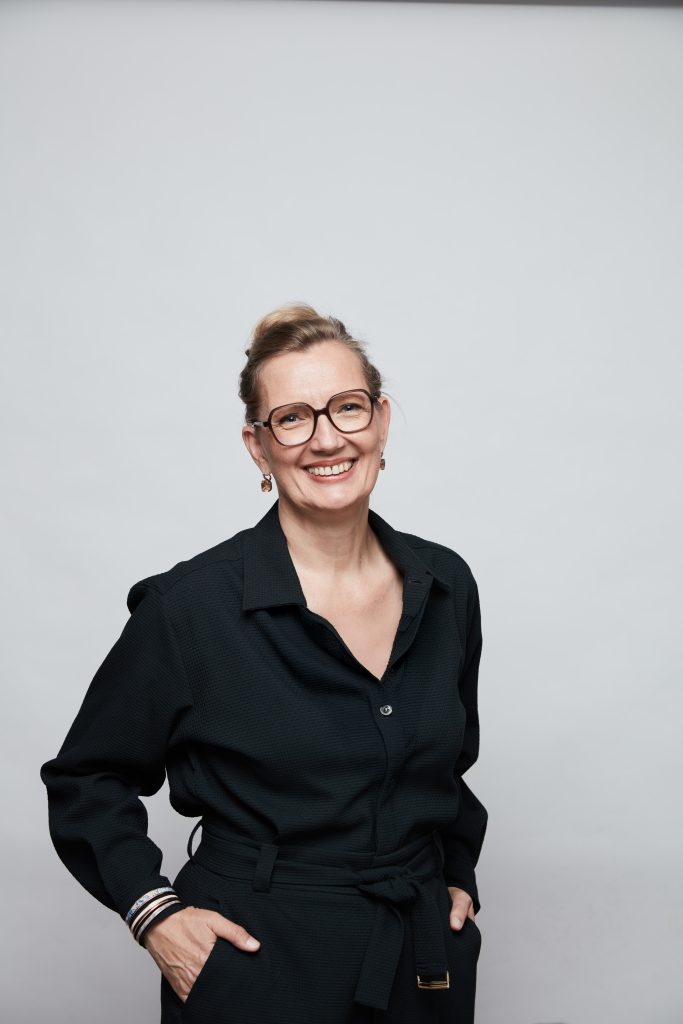
“The new donors…want more than just the tax benefits and symbolic donations. They ask deeper questions. They seek alignment with their values and their actions…Sometimes they even want to be part of the process, and they often want to involve their families.”
Digital tools and real-time reporting have also become essential, reflecting the younger generation’s demand for immediacy and clarity on the outcomes of their contributions, according to Goeres.
Multi-generational foundations
In some cases, foundations include three generations, with grandchildren in their 20s who “take it very seriously.” Hirdman has seen individual founders getting younger (middle-aged). And, while the older generation tends to be more interested in research, education and health, the younger ones are focused on gender equality, social justice and climate change.
Climate/environment-oriented philanthropy is still, however, under-represented. “Globally you see that philanthropic flows to climate change are only 2% of all flows,” she explains. “With us it’s a bit higher, [around] 5%, but it’s still very low. I think that will change with the younger generation.”
The Fondation has taken on the challenge to promote more philanthropy in these areas, recently launching its own foundation to encourage companies to contribute to similar projects. Among them is one supported by Banque de Luxembourg at the Moulin de Kalborn, managed by the Fondation Hëllef fir d’Natur, where freshwater mussels are bred. These mussels help filter water, and their health has an impact on other species and the overall ecosystem.
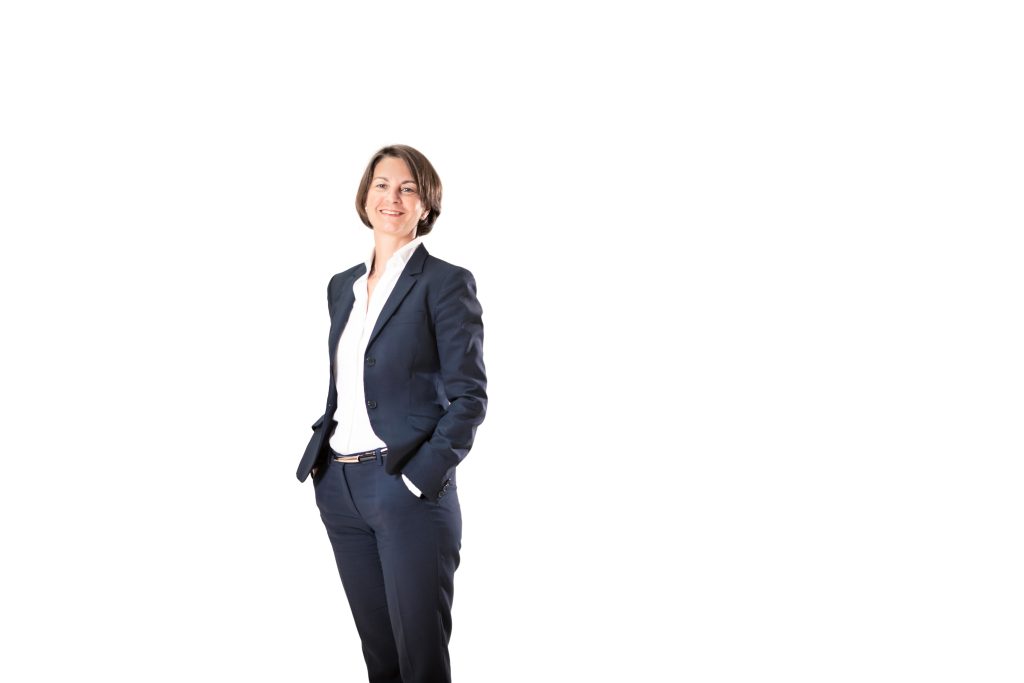
Tailor-made solutions
Founded by the Luxembourg government, the Fondation de Luxembourg provides a structured philanthropic platform with 80% individuals and families, and less than 20% companies and institutions.
The minimum amount to engage is €250,000, limited to five years. Most foundations are endowments, requiring €1 million minimum. Typical foundations range from a few million euros with some reaching €200 million.
Philanthropic contributions are irrevocable—but appeal over investing for key reasons. Philanthropy offers a more direct link to the projects being supported than impact investing. Hirdman says: “There’s much more of a direct human link to what you are doing.”
Some choose causes that impact their own lives—like scholarships for post-doc neurosurgeons. “I think we have a huge privilege of having clients who have reflected about what’s important in life and how they can use their knowledge and resources to improve the way the world is developing,” Hirdman states. For those looking for a cause, the Fondation helps by asking the right questions to “find something close to their heart”.
Goeres agrees that donors should start with reflection. “Find out what moves you,” she says, adding: “Once we connect a person’s life story to their giving, the engagement becomes natural, meaningful, and sustainable.”
Lower thresholds
The Fondation de Luxembourg also invests in the Luxembourg Microfinance Development Fund (LMDF), which focuses “on emerging microfinance institutions with a strong social vocation and with great development potential.”
Managed by Appui au développement autonome (ADA), LMDF has invested in 60 partners across 26 countries, impacting 80,000 small entrepreneurs, 77% women. Kaspar Wansleben, LMDF director asset servicing says: “the product has been, over the last 16 years, quite stable. We’ve never lost money in this share class; we generate very boring returns of 1-3% and try to focus on what’s happening on the impact side.”
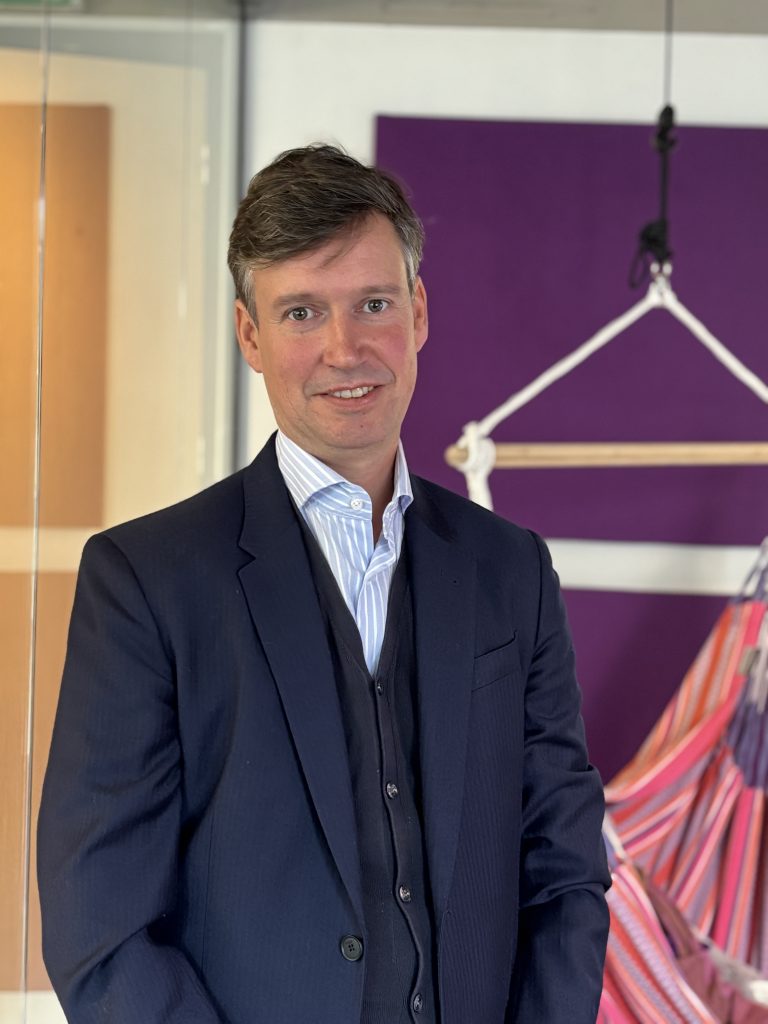
And with LMDF, there’s no minimum investment. “We tried to build this as something which doesn’t make the hurdle to try it so hard.” With around €45.5 million investments in microfinance as of 31 March 2024, LMDF relies on partner banks for distribution, requiring a long educational process with client advisors and product teams. Investments via banks average €30,000, compared to €5,000 via direct subscription, Wansleben adds. Asked about demographic shifts in investors, he says “the conversations we’re having with the banks tells us that more important than age, it happens to be more women than men.”
LMDF invests in fragile but development-need locations. “What always surprises the bankers is that it sounds risky, but the actual risk profile has been relatively low,” the director adds.
Decisions to exit certain countries happen quickly when political instability or security deteriorates. “These themes keep coming more frequently to us now. Things are more volatile now than 10 years ago,” he says. “We started to become stricter on risk management with regard to political risks, we’ve monitored election cycles much more closely.”
Luxembourg’s position
For Hirdman, Luxembourg is well positioned: it has a robust wealth management sector, and revenues on foundations are tax exempt. “Luxembourg is also one of the few countries which has recognised fiscal benefits in other European countries, so that when a Luxembourger gives to an organisation in France or Germany, etc., they’ll be able to deduct fiscally what they give,” she explains. “That’s not the case for France or Germany, which has put up quite some barriers for cross-border philanthropy.”
Goeres believes that Luxembourg has an opportunity to become a meaningful hub for philanthropy and impact. She says: “Foundations, companies, and individuals each bring different strengths; the next step is to connect those forces, build trust, and foster co-investment to unlock full potential.”
Regarding microfinance, Wansleben also sees Luxembourg as a facilitator for financial market infrastructure and a hub for key actors. “There’s the feeling that not only this government but the state in general—also previous governments—are open to listening to this sector.”
This article was published in the 7th edition of Forbes Luxembourg.
Read more articles:
Luxembourg: Powering Green Fintech Innovation
AI Transparency Will Shape Luxembourg’s Financial Future, Says A Bloomberg Executive


